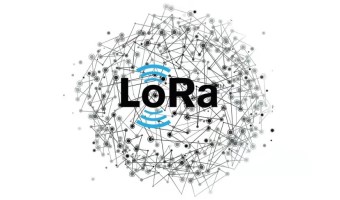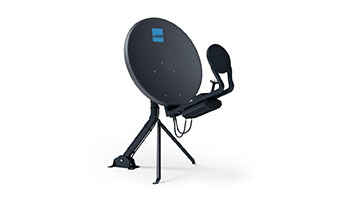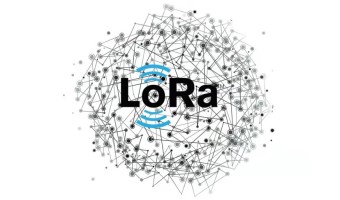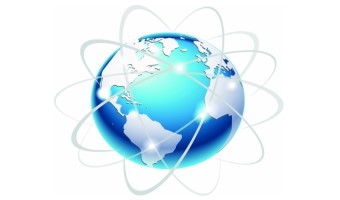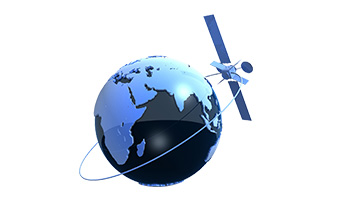What is LoRa Technology?
LoRa is a wireless technology, such as Wi-Fi, LTE, NB-IoT, among others.
Its potential is infinite, and it was created for its application in IoT; among many of its advantages is the broad coverage range it has and the low energy consumption that it provides. It is the perfect option for solutions that require low data bandwidth and long-lasting autonomous operation.
LoRa Alliance®
The LoRa Alliance manages LoRa technology; they have allowed through the alliance, control, certification, and standardization of hardware created for LoRa’s rapid growth of the use of the technology. They also have a lot of documentation regarding the vertical markets for applying the technology and the network coverage map globally.
LoRa uses a type of radiofrequency modulation patented by Semtech, called Chirp Spread Spectrum (CSS); it is perfect for vast and long-distance connections. Ideal for IoT networks, sensor networks that do not have access to the electrical network and provide precious information.
What is LoRaWAN?
There is a network protocol that uses the LoRa technology explained above, and it is LoRaWAN; this protocol is on top of the LoRa modulation, and in its layer, it applies the Media Access Control (MAC), it is the software layer that defines how the devices connected use LoRa. This means the message formats or the exchange of messages between the participants of the network.
Advantages of using LoRaWAN protocol
The LoRaWAN protocol together with LoRa devices enables businesses and organizations around the world be efficient, improving the lives of many with practical applications mentioned above. LoRaWAN has its own advantages compared to different wireless standards available for IoT. Here are some of the advantages of using the LoRaWAN protocol:
It is optimized to operate in low power consumption and uses batteries for years
High capacity to handle millions of messages from thousands of gateways
End-to-end security, using AES-128 encryption
Remote firmware update of connected devices
License-free spectrum, no need to pay for network use
Deep penetration indoors, has good coverage indoors and in multi-story buildings
Long-range, a distance of 10+ kilometers in rural areas and up to 2 kilometers in urban areas
The data rates range of LoRaWAN starts from 0.3 kbps to 50 kbps
LoRaWAN operates in the ISM [Industrial, Scientific, and Medical] RF bands, which have different frequencies depending on the geographic location (reference table below):
CHANNEL PLAN | COMMON NAME |
AS923 | AS923 |
AU915-928 | CN470 |
CN470-510 | AS923 |
CN779-787 | CN779 |
EU433 | EU433 |
EU863-870 | EU868 |
IN865-867 | IN865 |
KR920-923 | KR920 |
RU864-870 | RU864 |
US902-928 | US915 |

